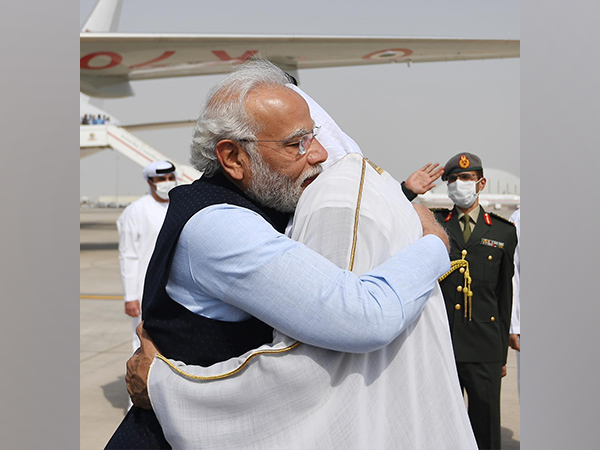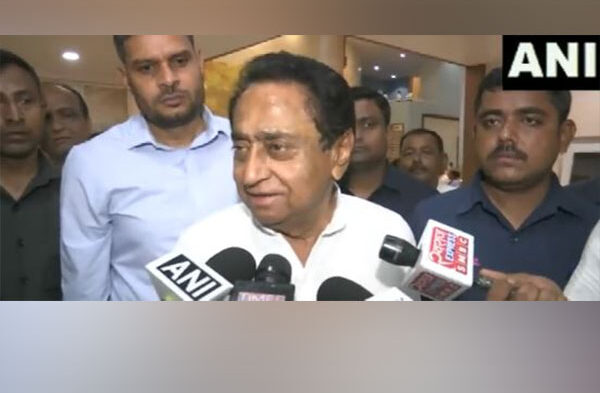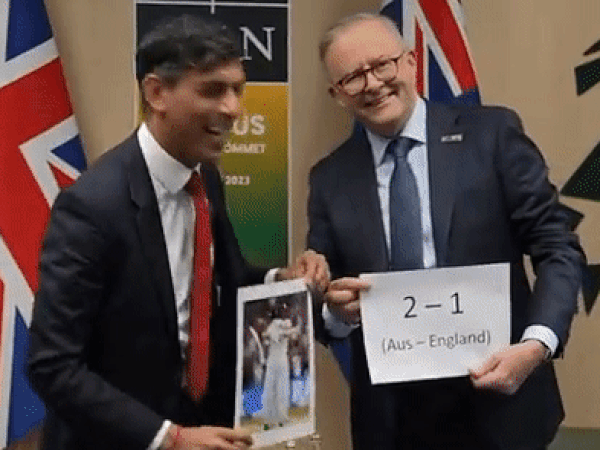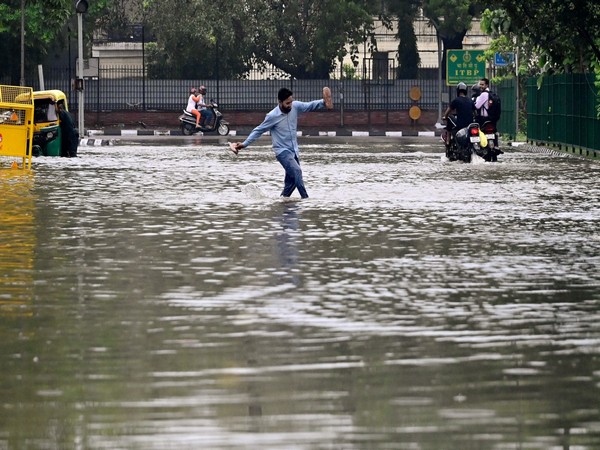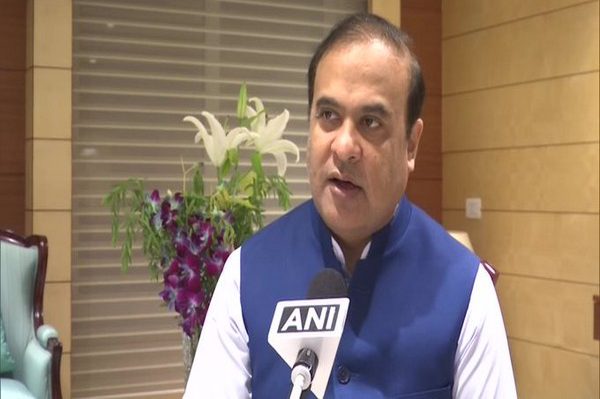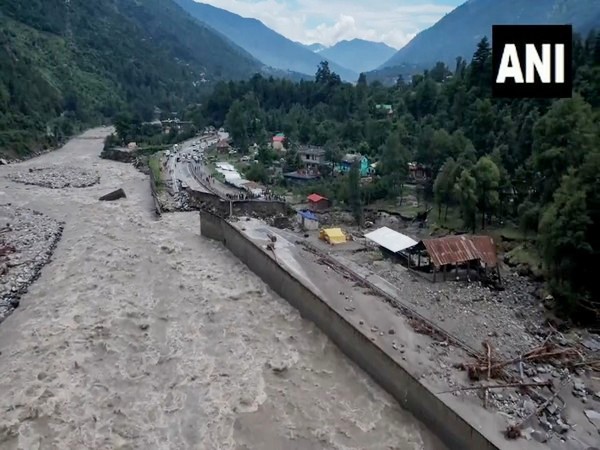Moving away from last century’s running-around-the-tree romanticism, Bollywood’s films on over-the-top (OTT) platforms these days can be broadly divided into contemporary fare that is explicit in visuals and words and one that is equally contemporary, but less colourful, and deals with day-to-day challenges that India faces.
Tarla, the latest offering, belongs to the latter category. It is feel-good cinema and is yet thought-provoking. It resonates in the new century despite being ‘inspired’ by last century’s heroine, India’s first food chef, culinary writer and television presenter. It celebrates a woman’s success and conveys multiple messages without sounding preachy.
Tarla Dalal, a Pune-born-Bombay-based Gujarati housewife of the 1960s, is keen to do ‘something’ in life. That ‘something’ she searches for a dozen years, only to find it within herself and in her home. Through India’s nascent television, she brings into Indian drawing rooms home-cooked vegetarian recipes.
Many of that generation testify how she motivated wannabe working women and housewives alike to view their work with pride, beyond “pleasing their men through their tummies”. She added spice and flavour to their lives when cooking at home was considered just a dutiful domestic chore requiring no skill and hence, having no “market value”. Even a seasoned cook, whether she admits it or not, would want to improve upon her fare. This was where Tarla came in, making television the classroom. Men frowned at it but enjoyed the food fare.
Another admit-it-or-not: in psychological terms, much of India is still the same when it comes to food preferences. People do eat out, for joy or compulsion. But at the end of the day, it is dal-chawal-roti-sabzi. Unsurprising, even elite clubs and many restaurants offer “ghar-jaisa khana.”
The desire to have homemade food, or something close to it, which is different from the preservatives-laden fast food offered by a growing number of outlets and a fast-expanding market of app-based enterprises is, perhaps, not surveyed enough.
How much of India – and the Indian diaspora – is vegetarian is another unending debate. So is the argument about nutrition values that often pit vegetarians against non-vegetarians. But while food habits are dictated by family in the early years, more and more people are willing to – or required to – experiment with at least a partial cross-over. It is a personal choice at the end of the day.
ALSO READ: Biopics – Real Life Stories Retold
Since taste differs from tongue to tongue, Tarla, both in real and reel lives learnt to adapt. Although a staunch vegetarian, she successfully caters to the craze/curiosity among many vegetarians to taste the bird/animal, in the quiet if need be. The man-to-please was at home – her husband Nalin Dalal. After a tantrum, she chooses to innovate. “Moorg musallam” became potato-made “batata-musallam.” Her “Chicken 65” was an early recipe.
Despite a doting, supportive husband, it wasn’t/isn’t easy for Tarla. Her cookery tuitions are barred by neighbours, while the mill where Nalin works closes down. The couple published the first recipe book in 1974, which failed initially.
Television had begun in Bombay, now Mumbai, in 1972. The next gingerly step was on TV. Tarla speaks with confidence, from her heart, and wins many among the mainly-feminine followers.
It is difficult to think that nearly 50 years back, doing a show for a government-run TV channel, she asked: instead of a woman, why not have a male co-presenter? This writer recalls seeing her TV shows by which time she was a grandmother, the team-mate was a young enthusiast preparing food under her playful direction, making cooking an innovative and easy-to-do task.
The real/reel lives overlap. After being rejected many times, Nalin gets a job in recognition of his now-famous wife and she goes on, as per available records, to write a hundred books, translated into a dozen languages, topping the hard-earned success. Tarla remains the country’s only food presenter to be honoured with a Padmashree in 2007.
The film directed by Piyush Gupta and co-written with Gautam Ved explores the travails of the overworked woman entrepreneur/ celebrity. Ironically, her child rejects food at home and falls sick, while she does TV shows. Her mother sternly asks her to keep the TV show out and be a housewife and mother at home. She is unmoved by the TV show being named after the daughter. It is a stark reminder of how the Indian-American Indra Nooyi came home to announce that she was the new boss of the food and beverage giant Pepsico, only to be told by her mother to fetch milk from the market.
Confronted with the grim reality at home, the husband wavers a bit but as usual, leaves the “final decision” to her, and supports it. It’s a tribute to him, even more than her perseverance. This, too, is commendable since social and working lives have not changed much and require working couples, especially the wives, to adjust at the expense of career prospects and personal egos.
In the mutual harmony that the Dalals forge, the silently suffering man says that he is “not open-minded enough.” It’s too much of a confession for a male in a society that remains largely patriarchal but is changing. Here lies the message for the Indian society – its men and women, as couples and parents. Perhaps, also for this century’s children who have parasitic dependence on their parents.
Like she does the household, Huma Qureshi dominates the show with Shareeb Hashmi playing the husband. In an otherwise excellent performance, Huma cannot shed a tear or two while crying. Hashmi is gentle and submissive to a fault but that makes him the perfect foil. Easy chemistry works between the two and generates the feel-good flavour for which this movie stands out.
Veteran Bharti Achrekar shines in a small role as Tarla’s neighbour-mentor. She provides the gentle push the story needs, just as the raddiwala, whom Tarla watches from her window. It keeps alive her desire to do ‘something’ with life. The scrap seller’s hawking Tarla’s book door-to-door spells enterprise for which Bombay/Mumbai is well known. It adds spice and lends a heightened sense of purpose to the film.
A grandmother who lived in a high-end part of the city, Tarla Dalal passed away a decade back. She sold over 10 million copies. She also ran the largest Indian food website and published a bi-monthly magazine, Cooking & More. Her cooking shows included The Tarla Dalal Show and Cook It Up with Tarla Dalal. Her recipes were published in about 25 magazines and tried in an estimated 120 million Indian homes.
Tarla, the film, happily takes in the inspiration her life exudes.
PS: This writer happily takes inspiration from the film’s co-writer, his son.
The writer can be contacted at mahendraved07@gmail.com

